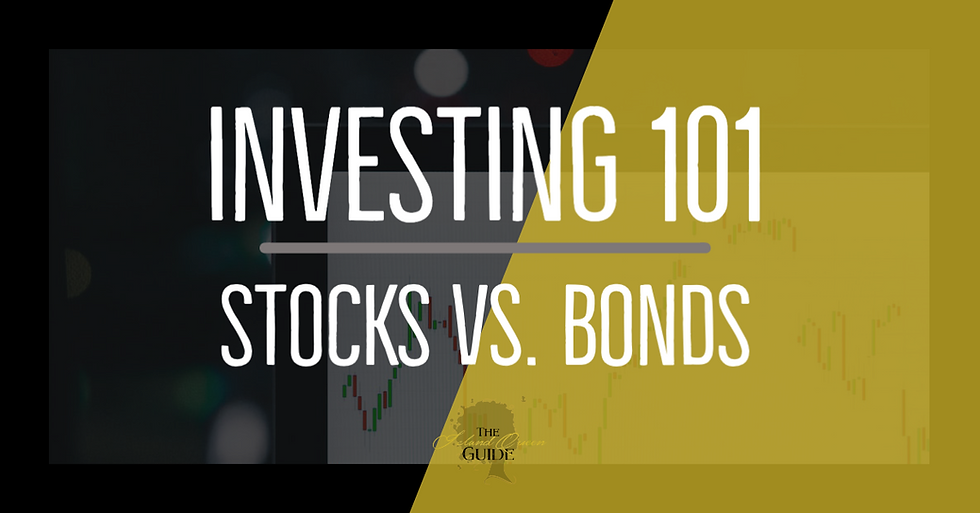Understanding Government Bonds
- Tammi
- May 23, 2018
- 3 min read

Bahamians are constantly reminded of the billions of dollars of debt that the government owes. The government owes money to banks, insurance companies, pension funds, credit unions, and unknown to many, the average Bahamian investor (to name a few). One may ask “how does the Bahamian government owe money to Bahamians?” The answer to this question is through the issuance of Bahamas Government Registered Stock (BGRS). This particular debt instrument isn’t necessarily bad; as a matter of fact, it can be quite beneficial to investors. For the purposes of this article, I’ll simply refer to them as government bonds.
Simply put, government bonds are issued when the government needs to borrow money. If an investor purchases these bonds, he/she is essentially purchasing a promise that the government will repay the borrowed money at a later date, with interest. Periodically throughout the year, the government will announce its intention to issue bonds to the public. You may have seen a few of these ads in the local newspapers, or on the Central Bank’s website. To the untrained eye, these advertisements may seem a bit complex.
Below is a breakdown of some of the terms you may run into:
Open Date: This is the date that the sale of government bonds begins.
Close Date: This is the date that the sale of government bonds ends.
Issue Size: The issue size is the amount of money that the government seeks to borrow during that time.
Tenor/Years: This is the amount of time before the government repays that particular bond issue.
Interest: This is money paid regularly to investors for the use of the money borrowed. Interest for government bonds are usually paid every six months to your bank account. Interest rates are usually fixed, which means that it will not change over time. You may find that the longer the tenor, the higher interest rates may be. This is because a longer time horizon is viewed as more risky than a shorter time horizon.
Maturity: This is the date on which the principal of the amount borrowed is repaid, and interest payments stop. The principal is simply the amount that you invested. For example, if you invested $2,000 in government bonds, you will receive the principal of $2,000 on the maturity date.
Unit Share: This is the interval in which you can purchase government bonds. For example, if the unit share is $100, you can purchase bonds in intervals of 100s, i.e. 100, 200, 500, and 1000.
Some advantages of purchasing government bonds include:
Government bonds are considered safe investments, compared to other types of investments;
They are relatively liquid investments, meaning that they can easily be bought and/or sold; and
They offer a higher interest rate than fixed deposit accounts in The Bahamas.
Some disadvantages of purchasing government bonds include:
If the government has a financial crisis, they may not repay the amount owed to you at maturity; and
Interest rates may go up on future bonds, and you may end up with the lower rate until maturity.
I have purchased a few government bonds myself, and I personally believe that it is a good investment, given my current needs. If you are thinking about purchasing government bonds, make sure you read through the advertisements properly, and if you cannot understand it, be sure to have someone explain it to you in detail before making a decision. Also ensure that this particular investment aligns with your current needs and goals.

About Tammi
Tammi Miller is a young finance professional, with a BBA in Banking and Finance from the University of The Bahamas (formally The College of The Bahamas) and an MBA in Economics from Beijing Normal University. She is goal oriented, adventurous, and sometimes funny. Tammi currently works within the financial sector in The Bahamas and is extremely passionate about teaching others to become financially literate.







Comments